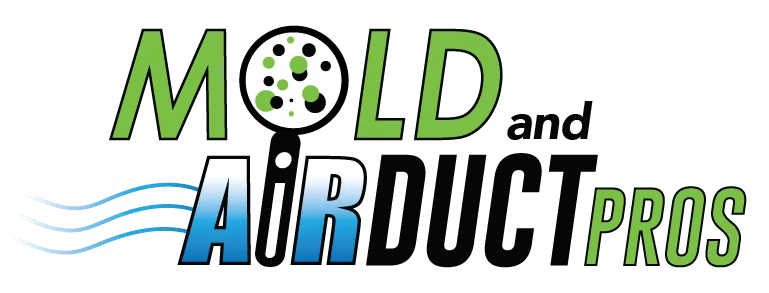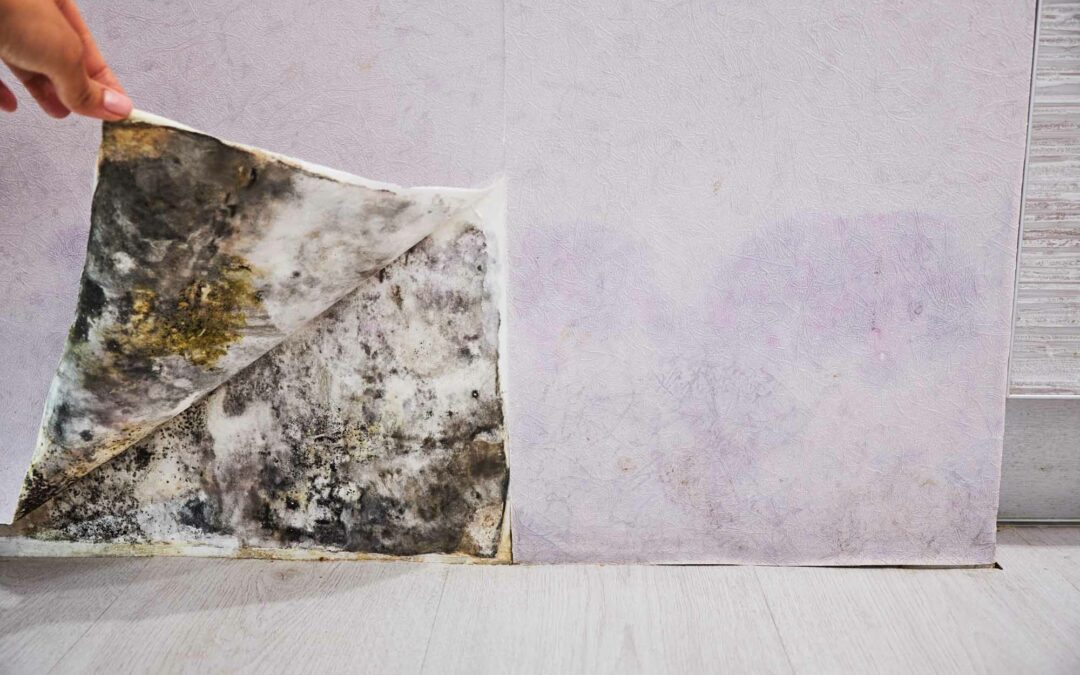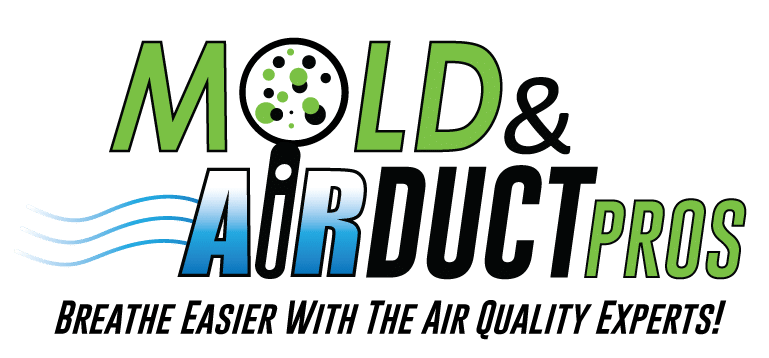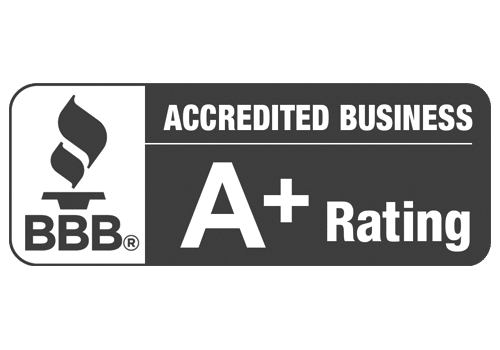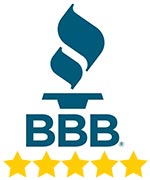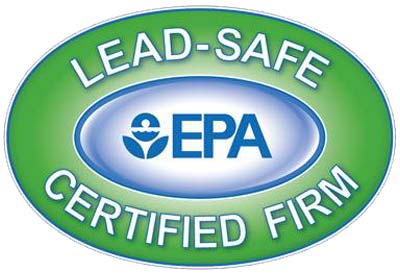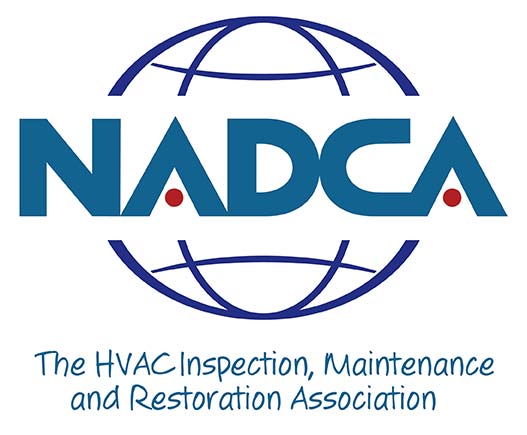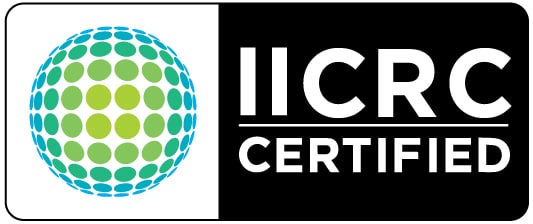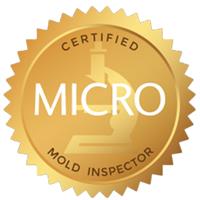Have you ever caught a whiff of a strange smell or spotted mysterious stains on the walls of your home? You could have a hidden mold problem.
It’s hard enough dealing with mold that is out in the open where it can be easily noticed and quickly dealt with! But how do you handle mold remediation when the infestation has been growing inside your walls for… who knows how long?
In this blog post, we’ll answer that question. We’ll also give you some tools for both understanding and preventing behind-the-wall mold. Let’s get into it!
Table of Contents
What are some signs of Hidden Mold?
Signs of hidden mold include: unusual odors, water stains and discoloration, allergy-like symptoms, and peeling paint on walls. Let’s get into more detail.
- Unusual Odor: One of the most noticeable signs is an unusual odor, often described as musty or earthy. If you catch a whiff of an unpleasant smell that sticks around despite your best efforts to clean and freshen your home, it could be a hint of mold lurking behind walls.
- Water stains and discoloration: Your walls or ceilings may be showing water stains and discoloration, other telltale signs of hidden mold. These stains may show up as dark spots, patches, or even gradual discoloration. This could indicate a history of water intrusion and potential mold growth. If you’ve ever wondered about that mysterious water stain that seems to reappear, mold could be the unseen culprit. It is especially important to pay attention to this one in Northeast Ohio— the region’s climate puts you at higher risk for water-related issues.
- Allergy-like symptoms: Indoor air quality can be affected by hidden mold and lead to allergy-like symptoms. If you or your family members experience unexplained sneezing, congestion, itchy eyes, or respiratory issues while indoors, mold might be to blame. Mold spores can become airborne and trigger allergic reactions, making these symptoms an important signal to consider hidden mold as a possibility.
- Peeling or discolored paint: There can be another visible sign of hidden mold on your walls: peeling or discolored paint. If you notice paint on your walls showing signs of damage, such as peeling, bubbling, or a discolored appearance, it could be an indication that moisture and mold are affecting the structure behind the walls. Investigating the root cause of these paint problems may lead to the discovery of hidden mold growth. This situation would require quick mold remediation for a healthy living environment.
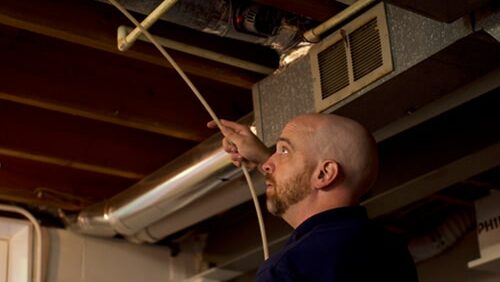
Understanding the Causes of Hidden Mold
Knowing what causes mold to show up behind the walls of your home is a crucial part of both mold remediation and prevention. From years of experience working in Cuyahoga, Geauga, and Lake Counties in Northeast Ohio, we’re very familiar with local reasons for mold growth. Here are the main ones:
Water Leaks and Moisture Issues: Water leaks and stubborn moisture problems are major culprits behind hidden mold. Leaky roofs, plumbing issues, or even poor sealing around windows and doors can introduce water into hidden spaces, providing an ideal environment for mold to thrive unnoticed. When rainwater, melted snow, grey water, or any other unwanted moisture finds an entry point, it can saturate anything porous. This includes drywall, insulation, and even wood. Keep an eye out for any damage that could become an entry point, and get affected surfaces inspected quickly.
Poor Ventilation: Poor ventilation often leads to mold problems in confined spaces. In areas lacking enough airflow, such as bathrooms without proper ventilation or enclosed basements, stagnant air traps moisture, creating an ideal environment for mold growth. This is because of the accumulation of moisture in poorly ventilated spaces. Bathrooms, known for steam and humidity, become susceptible to hidden mold issues without efficient ventilation. Similarly, basements, being closed-off areas, often struggle with air circulation, making them prone to mold-related challenges. Addressing these concerns with proper ventilation systems or devices like dehumidifiers is crucial in preventing mold-related complications in these environments.
Condensation Problems: Condensation can lead to hidden mold, especially in humid spots. When warm, moist air encounters cooler surfaces, it creates condensation, a prime mold breeding ground. Often found in poorly insulated walls or areas with temperature differences, this scenario quietly fosters mold growth. Proper insulation and ventilation are key in preventing this. Ensure proper ventilation by using exhaust fans in bathrooms, kitchens, and other humid areas. Maintain consistent indoor temperatures, insulate walls, and reduce humidity levels with dehumidifiers. Regularly inspect and address leaks or water damage promptly.
Plumbing Issues: Leaks in plumbing can be a major reason for mold problems. Slow leaks behind walls or in the attic can go unnoticed for a long time, allowing mold to grow and spread in concealed spaces. This can be an especially important one to watch for in areas that are prone to freezing and fluctuating temperatures (like North East Ohio.) When water freezes, pipes may burst, leading to slow leaks that go unnoticed behind walls or in the attic. To prevent this, insulate pipes and maintain indoor temperatures above freezing. Regularly inspect plumbing for signs of leaks, such as water stains or discoloration, and promptly address any issues.
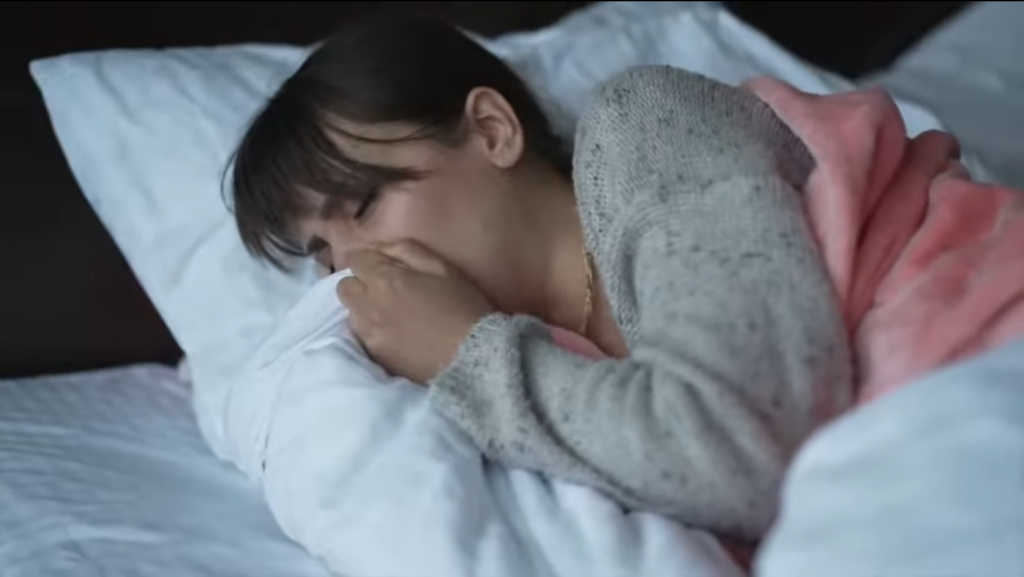
The Impact on Health
Hidden mold comes with potential health risks, and may go unnoticed until symptoms start to appear. Understanding the impact on your health can help you know what to look for. Even minor symptoms can be helpful red flags.
Exposure to mold spores, especially in enclosed spaces, can trigger respiratory issues. Common symptoms include coughing, wheezing, and difficulty breathing. Individuals with pre-existing respiratory conditions may experience more serious symptoms.
Hidden mold can worsen allergies and sensitivities. Individuals sensitive to mold may experience allergic reactions, including sneezing, itchy eyes, and skin irritation. Identifying hidden mold and dealing with the issue quickly is important for preventing prolonged exposure and potential health issues.
The Importance of Professional Inspection
When it comes to hidden mold, a professional inspection is a crucial step towards finding and removing it. At Mold and Air Duct Pros, we understand the unique challenges of mold growth in Cleveland homes.
Professional inspectors bring knowledge and experience to your home. They identify hidden mold that might go unnoticed by untrained eyes. Using advanced tools and techniques, they thoroughly examine areas prone to mold growth. A local pro will also understand Cleveland’s unique climate— its ever-changing weather puts homes at risk for moisture-related issues, and hidden mold.
By opting for a professional inspection, homeowners can gain a complete understanding of potential mold issues. A qualified inspector will assess the common signs—unusual odors, water stains, discoloration, and more— and use their tools and experience to come up with a mold remediation plan for your home. It is important to find a mold removal company near you that offers instant mold testing. Many mold inspectors will use mold test kits (called “cassettes”) that need to be sent to a lab for processing. Unfortunately, those companies will charge per room that needs to be tested – this can add up to be very expensive and also not tell you exactly where in the room the mold is hiding.
Mold & Air Duct Pros uses what is called the InstaScope for instant mold results. In a recent interview, Josh from Mold & Air Duct Pros told this story:
We had a customer, they had had a previous company come in because they were having upper respiratory issues, headaches, burning, stinging eyes, to the point where they were like, “I don’t even want to spend time in my home.” This other testing company tested and they found presence of mold spores, but they didn’t find the source.
When I was there for the Mold & Air Duct Pros inspection, I was walking through performing the inspection with the InstaScope. I found there were elevated mold levels the closer I got to this tiny little closet area that had a bunch of those banker boxes up on the top shelf. Those boxes were blocking this small access panel to the attic. I moved the boxes and went up there and the sheathing, which is basically where the shingles get nailed to, was pitch black with mold for the entire roof area.
Using the InstaScope, helped in a big way to find this source because we basically followed the elevated levels of the spore count and the room that was below that attic access had one of the highest levels in the home.
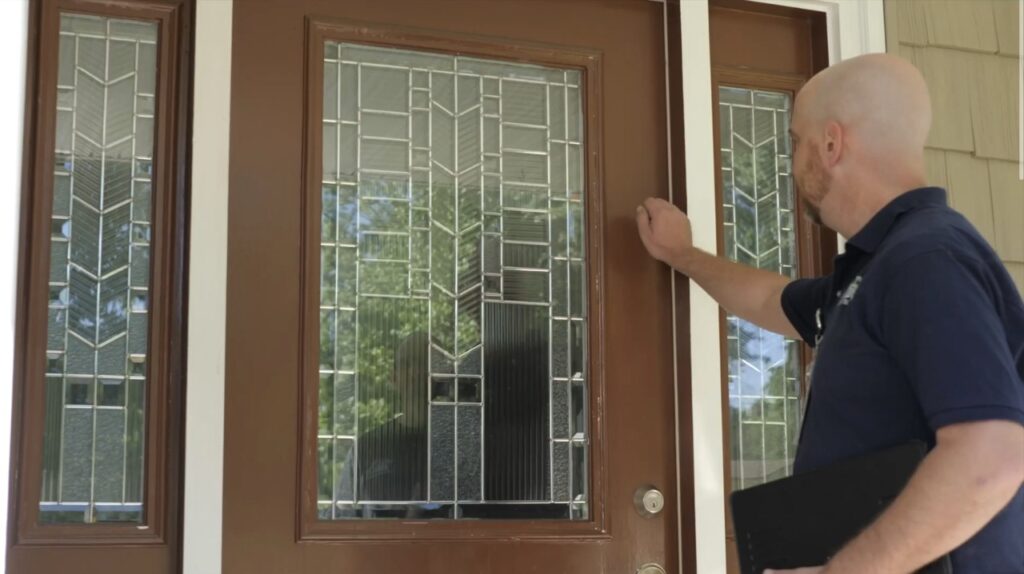
Mold Remediation Process
At Mold and Air Duct Pros, we use a 10-step mold remediation process. We are confident that it is thorough enough to catch, identify and remove any mold in your home. Whether it’s hidden behind walls, or in plain sight. Here is the process, broken down by step:
- Free Phone Consultation: You have a conversation with one of our team members in Bedford Hights, Ohio. You help us understand your building, occupants, and the extent of the mold issue, which lets us plan a personalized remediation plan.
- Mold Inspection: Using InstaScope technology, we conduct a thorough mold air analysis. InstaScope provides instant results and a complete understanding of the mold situation. This helps us shape a safe and effective remediation plan.
- Cover & Protect: We respect your space by covering floors and belongings. This keeps them safe and clean throughout the mold remediation process.
- Containment Barriers: We put up barriers in areas with high mold counts. Barriers keep mold from spreading and contain it to specific zones during remediation.
- Air Filtration: We use HEPA air filtration devices to capture airborne particulates. This improves air quality and keeps everyone safe during the mold remediation process.
- Demolition & Removal (If Required): We carefully demolish and remove contaminated materials. This step depends on how severe the mold situation is.
- HEPA Vacuum: All contaminated surfaces (like walls, ceilings, and floors) are HEPA vacuumed and then wiped down with an EPA-approved broad-spectrum disinfectant.
- React/Extract: Any remaining mold is taken care of by a professional-grade system called React/ Extract. It uses a chemical reaction to force mold to the surface.
- Wet Vacuum Extraction: We then wet vacuum over the foam produced by React/Extract. At this point, the cleaning process is officially done.
- Post-Remediation Evaluation: Mold Clearance Testing is performed to confirm that the remediation worked. Our job is not done until your home is completely mold free!
Conclusion
We hope that we’ve answered some of your questions about noticing, identifying, and dealing with mold behind your walls. Got more questions about mold remediation or want a free consultation? Contact Mold and Air Duct Pros today! We are here to help every step of the way, and will get your home back to being healthy and mold-free.
